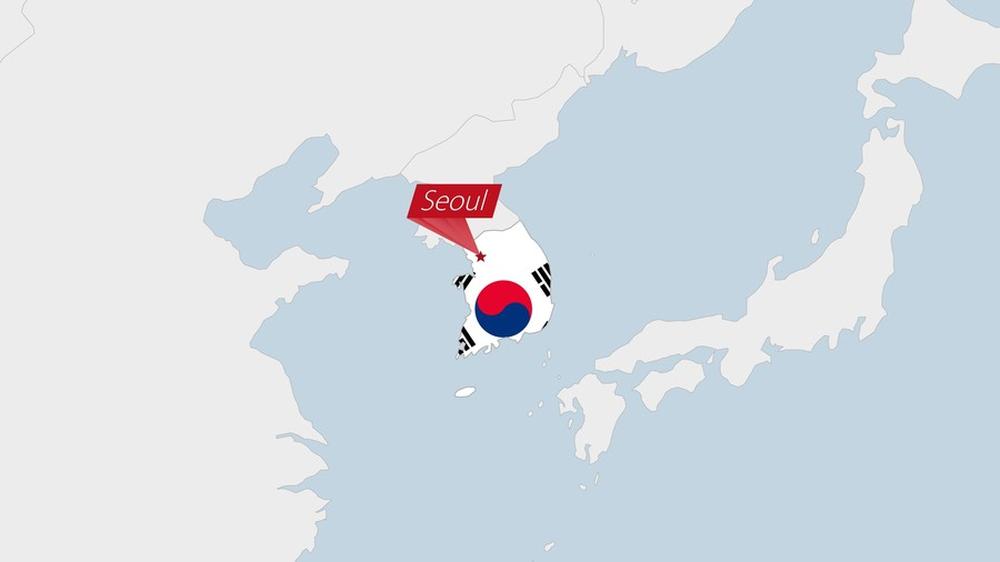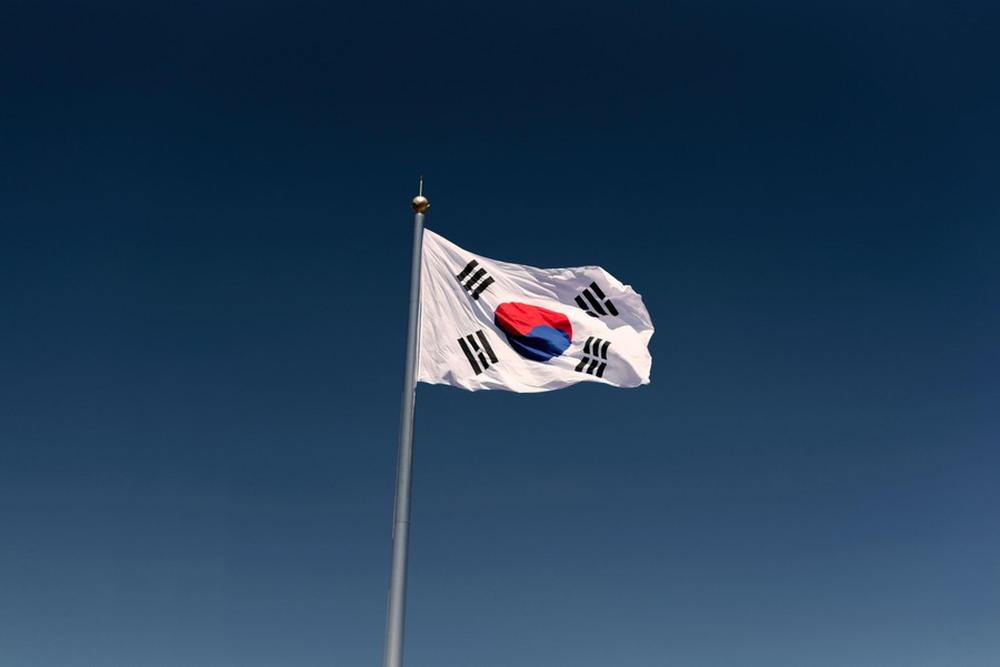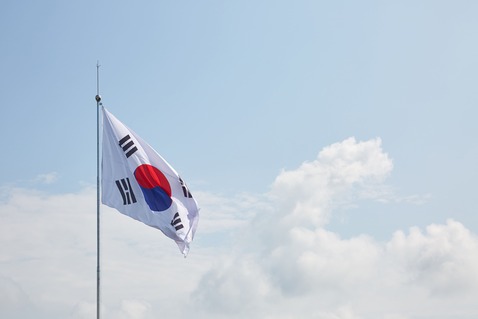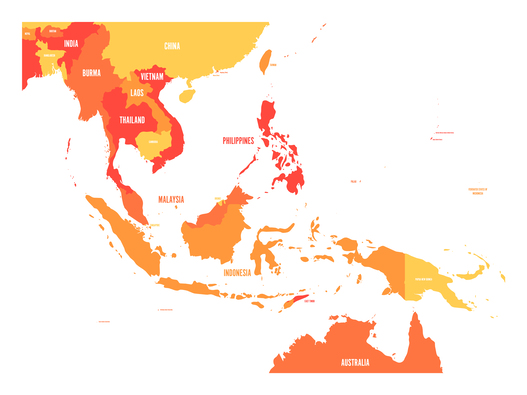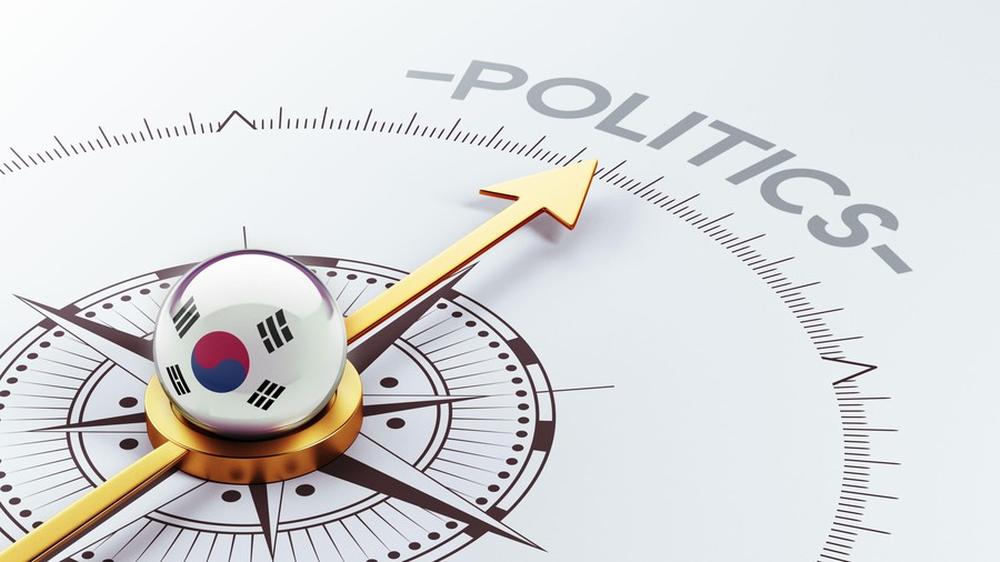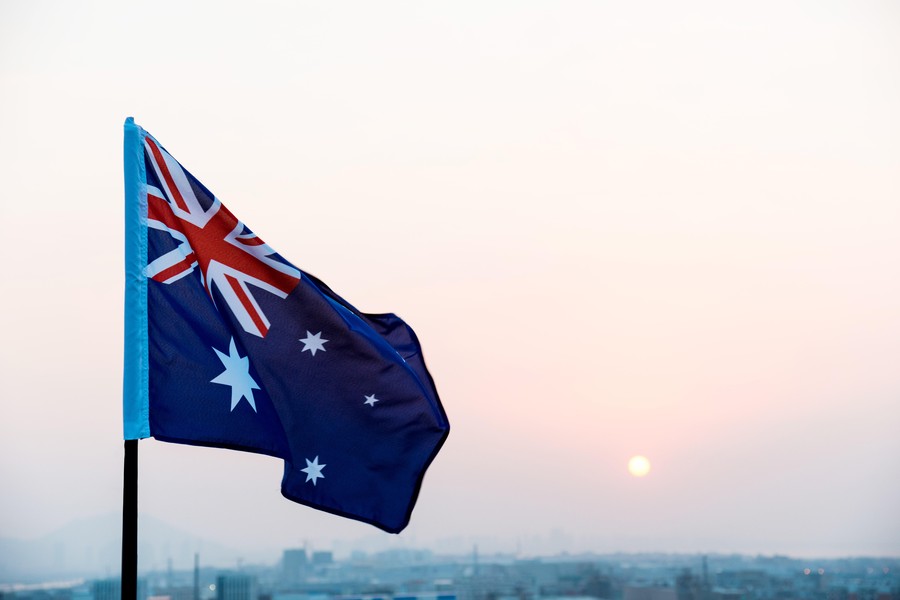- #Multilateral Relations
- #South Korea
- #US Foreign Policy
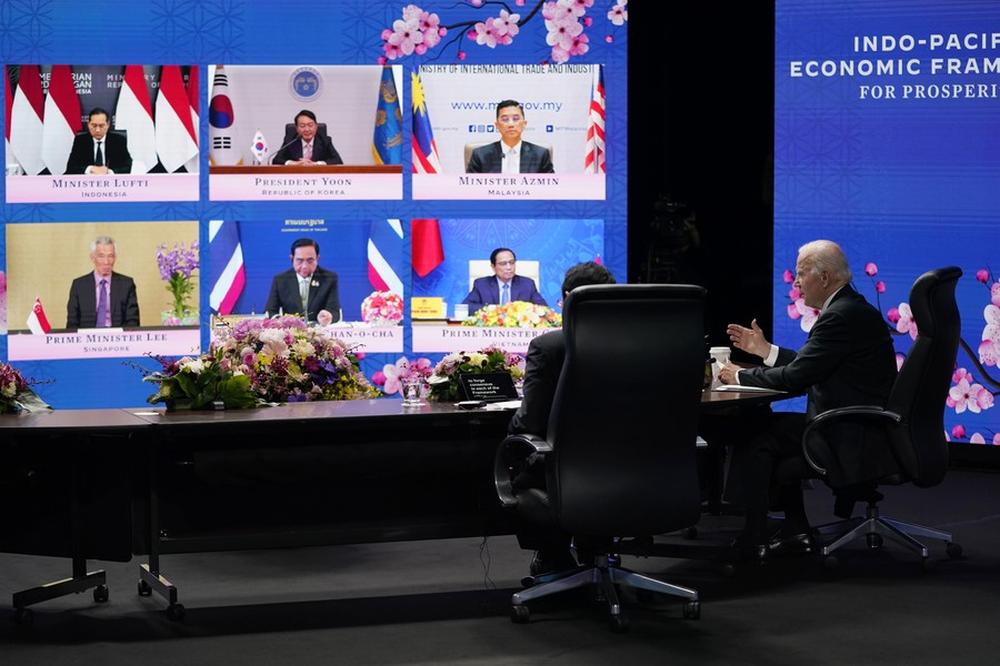
► The prospect of a South Korean Indo-Pacific Strategy for ASEAN will depend on how the Strategy would be framed as well as the actual elements of the strategy.
► It is important for ASEAN countries that South Korea continues to maintain a delicate balance between the U.S. and China to remain on the same page with the region’s strategic outlook and to continue building on NSP strength while expanding the strategy to more security dimensions.
► An ideal South Korean strategy for ASEAN should be inclusive and make less reference to zero-sum competition. An ideal Strategy should also envision some ideas building and cooperating in realizing regional public good.
When South Korea under the previous President Moon Administration announced the New Southern Policy (NSP) and the subsequent NSP Plus in the Pandemic, Member States of the Association of Southeast Asian Nations (ASEAN) warmly accepted their elevation in South Korea’s geostrategic outlook. The Policy was mainly built on South Korea’s both standing and growing economic influence in the region.
However, when President Yoon took the executive office this year, ASEAN countries may have to expect some changes in South Korea’s approach to the region. This is due to Yoon’s idea of “Global Pivotal State” and the possibility of deeper realignment of South Korea’s strategy to its most important security ally: the United States (U.S.). There is now a widely discussed anticipation that President Yoon will announce South Korea’s Indo-Pacific strategy, a major change in Korea’s geopolitical outlook after years of taking distance with the terms of “Indo-Pacific.” What would be anticipated by ASEAN Countries for such a strategy?
From NSP to a Korean Indo-Pacific Strategy
The previous NSP and NSP Plus Strategy enjoyed some tremendous reception from ASEAN countries for some reasons. First, the Policies shared the similar outlook with most ASEAN countries’ attempts to maintain a delicate balance between U.S.’ security influence with China’s economic influence. Most ASEAN countries have long enjoyed both military and security ties with the U.S. in terms of equipment, training, or even some positive externalities of U.S. military presence in the region, while continued fostering economic ties with China in terms of trade and investment.
Second, as both policies relied more on Korea’s economic power, most ASEAN countries welcomed them on the premise that they wanted as many as possible engagements from extra-regional power as long as they can still maintain strategic autonomy in both national and regional strategy. South Korea’s economic strength, and the fact that it dominated NSP, were well adjusted to the ASEAN’s underlying belief of regional order that most ASEAN countries seek: that development and economic agenda should be prioritized over security ones as it will eventually achieve peace and stability in the region.
The prospect of a South Korean Indo-Pacific Strategy for ASEAN will depend on how the Strategy would be framed as well as the actual elements of the strategy. Frame matters for ASEAN countries for several reasons. Although ASEAN as an Association has adopted its own ASEAN Outlook on the Indo-Pacific (AOIP), certainly not all ASEAN Member States individually adopted “Indo-Pacific” as their operational terms. Some countries feel uncomfortable even after the AOIP was introduced that the term might further provoke China and bring closer Cold War-like discourse to the region. The key question for South Korea is whether the policy will clarify its alliance position with the U.S. at the expense of Seoul-Beijing economic ties.
At the same time, elements, or the policy substance, will also matter a lot. An economic-dominated NSP was warmly accepted by ASEAN, but it lacks security dimensions. Political and security relations between ASEAN and South Korea remain underdeveloped after years of NSP implementation. Security cooperation within the NSP and NSP Plus framework were limited only on non-traditional security matters, such as disaster and transnational crimes. The usual Indo-Pacific strategies are mostly imbued with maritime concerns, especially since supply chain security as well as naval competition become major concerns of countries with actual Indo-Pacific strategies. The key question for South Korea here is whether the strategy will be geared with some appropriate security dimensions that fit to ASEAN’ and ASEAN countries’ needs.
Therefore, it is important for ASEAN countries that South Korea continues to maintain a delicate balance between the U.S. and China to remain on the same page with the region’s strategic outlook and to continue building on NSP strength while expanding the strategy to more security dimensions. The latter may contradict the former, but rather that presenting the Strategy as Korea’s realignment to U.S. Indo-Pacific approach, South Korea is expected to play more agency role in the face of U.S.-China rivalry, especially on one particular conditions: that there are issues beyond U.S.-China rivalry that needs more attention, cooperation and coordination.
Way Forward
A South Korean Indo-Pacific strategy may path-dependently build upon the strengths of NSP, but President Yoon’s reference to the promotion of freedom, liberal democracy and rule of law may also test ASEAN-South Korea relations. Meanwhile, as IPEF and semi-conducted supply chain may further reveal competition dynamics of economic affairs, a Korean Strategy may also reflect a broader trend to which countries see that ideal gaps between economic and security affairs are narrowing. An ideal South Korean strategy for ASEAN should be inclusive and make less reference to zero-sum competition. An ideal Strategy should also envision some ideas building and cooperating in realizing regional public good.
The NSP has made an impressive reference, in the eyes of ASEAN and ASEAN countries, to the AOIP. An Indo-Pacific Strategy should further translate such reference into a framework that realizes inclusiveness and reliance on ASEAN-led mechanism. There are some examples where South Korea may focus its attention. Almost all ASEAN countries are dealing with issues such as balancing between the need to develop their maritime law enforcement capacities and their naval power. There are also some dilemmas between exerting their sovereign rights over maritime resources. South Korea is benefited to play more active maritime role in the region since it has no maritime dispute with China and possesses high-quality maritime science and shipbuilding technology. The Strategy should therefore consider more intensive proposals for maritime security and safety.
Public health policy is the area where South Korea should focus on its upcoming Indo-Pacific Strategy, especially given its recent efforts to deal effectively with the pandemic of Covid 19. Public health policy, same with maritime security and safety, is also a multidimensional area where South Korea can utilize its cutting-edge technology on health and information technology to promote effective, transparent, and efficient measures to deal with rapidly spreading communicable diseases. It is important to show how a democratic country like Korea can ensure compliance and apply effective prevention such as tracing and control using technology without harming basic democratic values.
Developing cyber capacity and security in the region may also become a South Korea major strength point. Korean high-tech industries have been pretty much welcomed in the region. They include electrical vehicle, IT devices, batteries, as well as smart technologies. They are high trust among ASEAN countries in Korean technology, but its penetration is still behind some other countries. One of the key issues for ASEAN countries is whether cooperation in advanced technology would allow some chances of transfer technology.
A Korean Strategy of Indo-Pacific should not also merely draw a picture of threats against security, but also vulnerability. One of the most prominent geological features of the region is the so-called ring of fire, where islands in countries like the Philippines and Indonesia are consisted of active volcanic mountains while lands are subject to frequent shifts, even earthquakes. A regional readiness for disaster management and humanitarian relief would be instrumental in expanding the idea of security in terms of public goods for the region.

